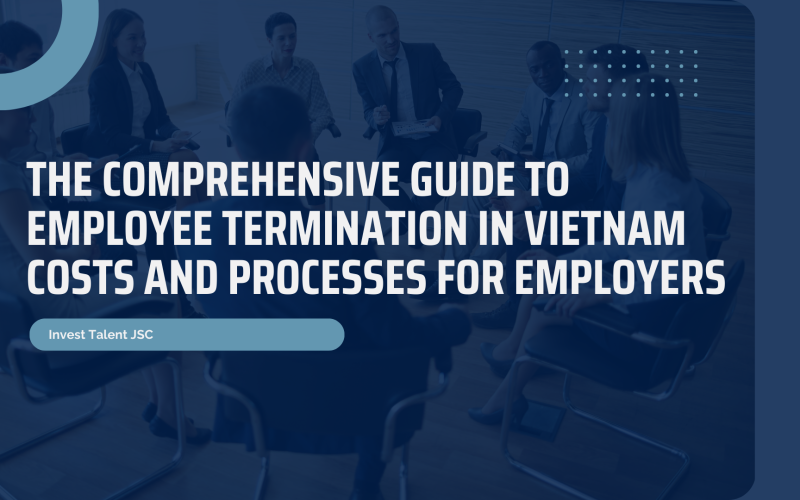Talent Acquisition During an Economic Downturn: Strategic Hiring and Headhunting Tips
A global economic recession reshapes the business landscape, forcing companies to reassess priorities, cut costs, and operate with heightened caution. Amid these challenges, recruitment becomes a strategic balancing act—organizations must continue to attract top talent while managing tighter budgets and increased risk aversion. This article explores how businesses can optimize recruitment during a recession, which channels offer the best return on investment, and whether headhunting services remain a necessity in such times.
The Recruitment Landscape in a Recession
During a recession, the labor market typically shifts from a candidate-driven to an employer-driven model. Layoffs increase the supply of talent, but uncertainty makes candidates more risk-averse, especially those currently employed. Simultaneously, companies may freeze hiring or focus only on mission-critical roles.
Key challenges include:
- Budget constraints limiting recruitment spending.
- Increased competition for high-impact roles.
- Longer decision cycles due to cautious hiring.
- Retention concerns as top talent seeks stability.
Optimal Recruitment Channels During a Recession
To navigate these challenges, businesses should prioritize cost-effective, high-yield recruitment channels:
1. Employee Referrals
- Why it works: Referred candidates are often better cultural fits, onboard faster, and have higher retention rates.
- Cost-effectiveness: Minimal cost compared to external sourcing.
- Strategy: Incentivize employees to refer qualified candidates, especially for hard-to-fill roles.
2. Internal Mobility
- Why it works: Promoting or laterally moving existing employees boosts morale and reduces onboarding time.
- Cost-effectiveness: No external recruitment costs; leverages existing talent.
- Strategy: Create transparent internal job boards and career development plans.
3. Online Job Platforms and Social Media
- Why it works: Broad reach and relatively low cost.
- Best platforms: LinkedIn, Indeed, and niche job boards tailored to specific industries.
- Strategy: Use targeted ads and employer branding to attract passive candidates.
4. Talent Pools and ATS (Applicant Tracking Systems)
- Why it works: Re-engaging past applicants can be faster and cheaper than sourcing new ones.
- Strategy: Maintain and nurture a database of previous candidates and silver medalists.
Is Headhunting Necessary During a Recession?
Pros of Using Headhunters
- Access to passive talent: Headhunters can reach candidates not actively seeking jobs.
- Specialized expertise: Especially valuable for executive or niche technical roles.
- Time-saving: Outsourcing the search process can free up internal resources.
Cons in a Recession Context
- High cost: Headhunting fees (typically 18–25% of annual salary) may be hard to justify.
- Not always necessary: For non-specialized roles, internal teams or referrals may suffice.
When Headhunting Makes Sense
- Filling executive or mission-critical roles.
- Entering new markets or launching new products.
- When internal recruitment capacity is limited.
Recruitment during a global recession requires a strategic, cost-conscious approach. Businesses should double down on internal mobility, employee referrals, and digital platforms while reserving headhunting services for high-impact roles where specialized expertise is essential. By aligning recruitment strategies with economic realities, companies can not only survive but emerge stronger and more agile.
For businesses looking to enter the Vietnamese market, Invest Talent offers strategic recruitment support for critical positions—with preferential fees and complimentary consulting services to ensure a smooth and cost-effective hiring process
Contact us: [email protected]













